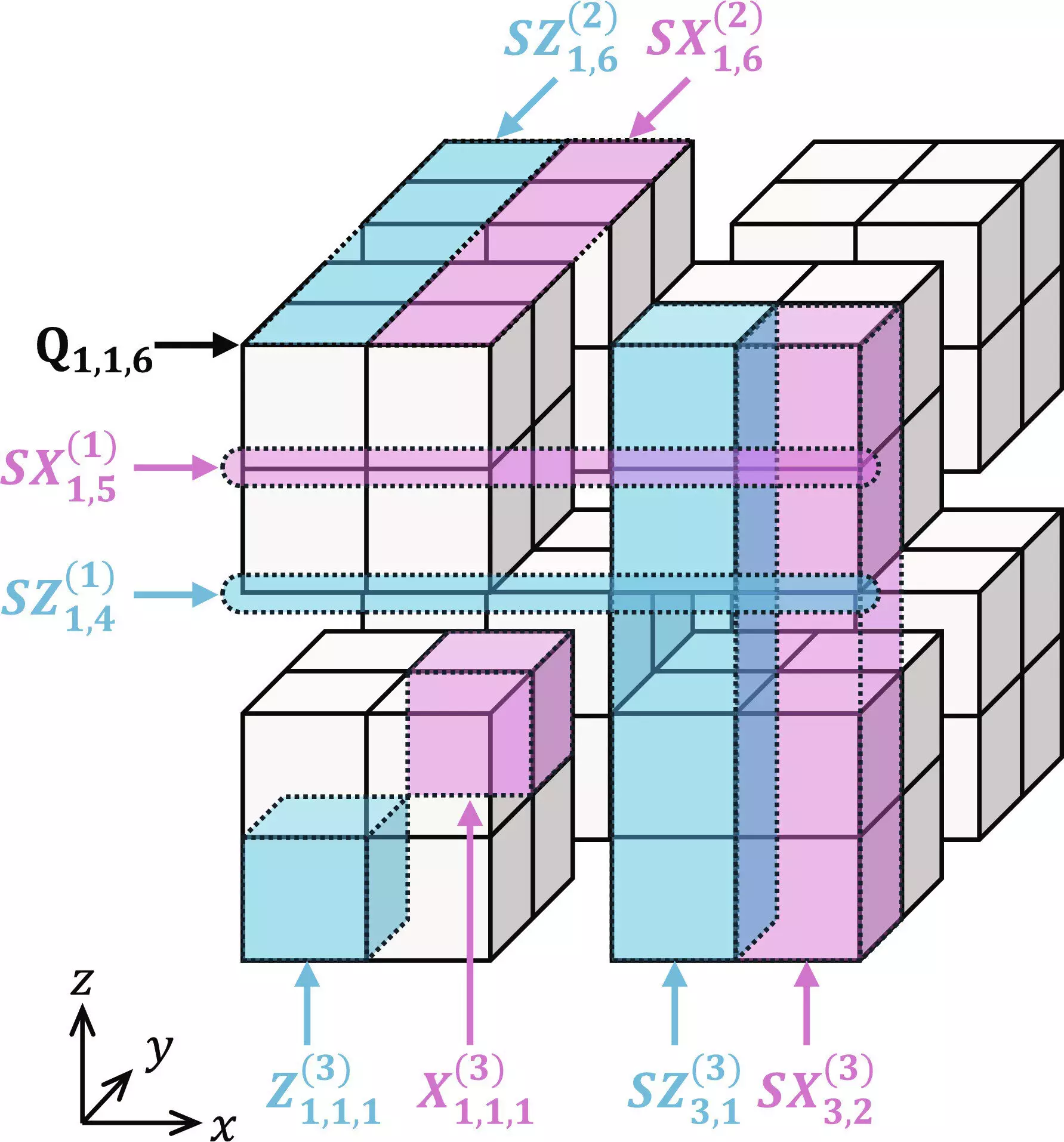The field of quantum computing has been advancing rapidly in recent years, with researchers constantly exploring new approaches to achieve fault-tolerant quantum computing. In a recent study published in Science Advances, Hayato Goto introduced a new quantum error correction method called “many-hypercube codes.” This innovative approach promises to revolutionize error correction in quantum computing and pave the way for highly efficient fault-tolerant quantum computers.
Challenges in Quantum Error Correction
Traditionally, quantum error correction involves encoding a single logical qubit onto multiple entangled physical qubits to correct errors. However, scalability has been a major challenge with this approach, as the number of physical qubits required increases significantly, leading to resource overheads. To address this issue, researchers have explored high-rate quantum codes like quantum low-density parity-check codes. While these codes offer higher efficiency, they often require sequential setup of logical gates, impacting time efficiency.
Goto’s proposed many-hypercube codes present a unique solution to the scalability and efficiency challenges in quantum error correction. By visualizing logical qubits as forming a “hypercube” geometric structure, Goto introduces a novel approach to error correction. This approach allows for parallel processing of logical gates, enhancing efficiency in fault-tolerant quantum computing. The use of level-by-level minimum distance decoding further improves performance, enabling high encoding rates of up to 30%.
The introduction of many-hypercube codes marks a significant advancement in the field of quantum error correction. With the world’s highest encoding rate among fault-tolerant quantum computing codes, Goto’s approach demonstrates remarkable performance compared to traditional low-rate codes. The ability to execute logical gates in parallel mimics the efficiency of parallel processing in classical computers, setting a new standard for high-performance fault-tolerant computing.
The development of many-hypercube codes by Hayato Goto represents a breakthrough in quantum error correction. By combining mathematical visualization with innovative decoding techniques, Goto has laid the groundwork for highly efficient fault-tolerant quantum computing systems. The elegant geometric structure of the many-hypercube codes and their high encoding rates highlight the potential for future advancements in quantum computing. Overall, this research opens up exciting possibilities for the next generation of quantum computers.


Leave a Reply